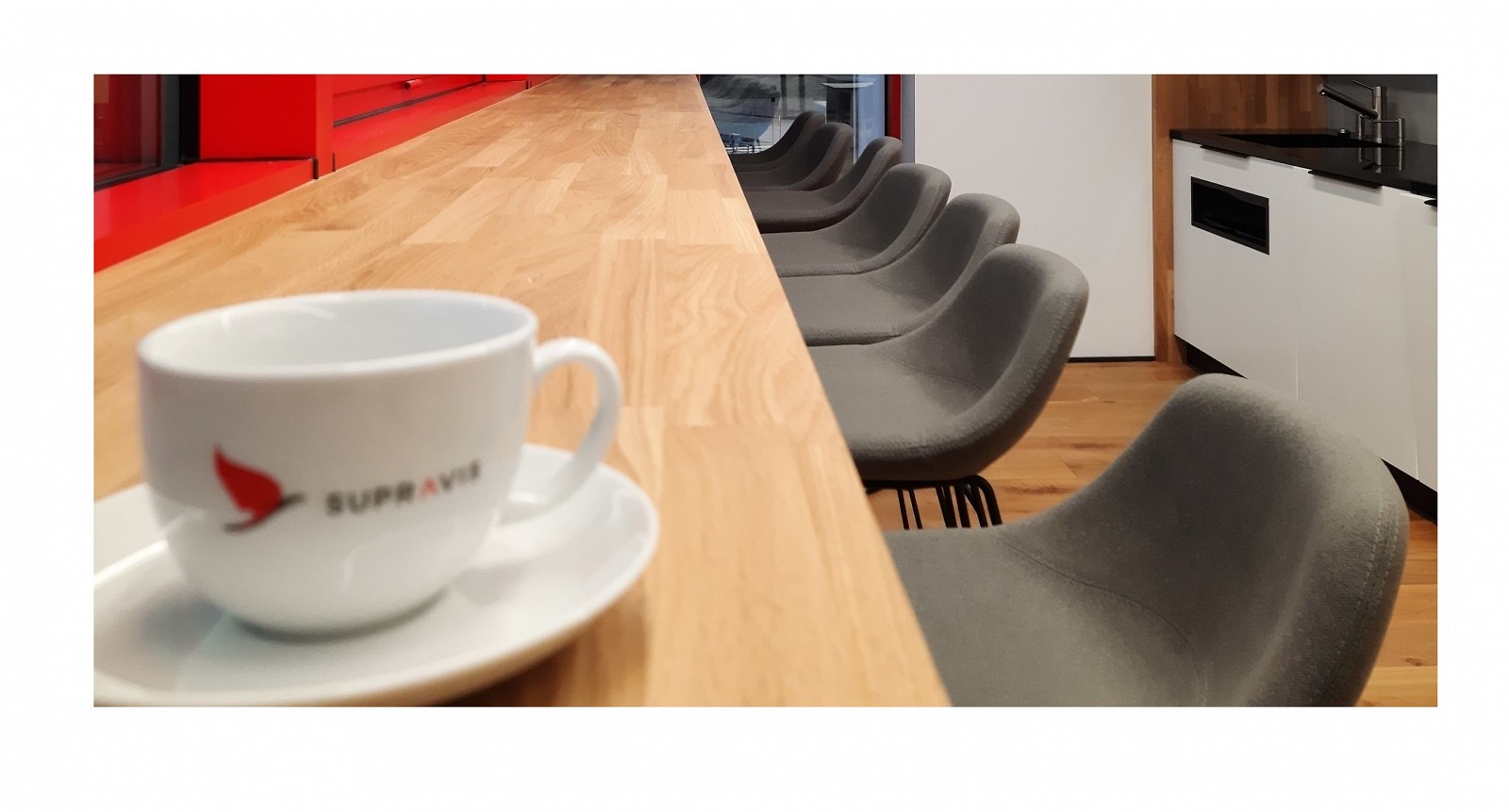Plastic packaging materials have been presented in our life for years and we have all got used to it. They are not only a very convenient way of carrying goods but they also play some essential roles including widely understood protection. On one hand there are demands that we should get rid of ubiquitous plastics, on the other it would be very difficult to substitute certain types of plastic packaging with materials like paper, cardboard, metal or glass. Observing current global events we can be tempted to say that packaging materials made from different polymers may be appreciated again.
Fresh food is very popular among consumers as it is said to be a substantial element to form healthy habits in their lives. The question is: are they aware how a packaging can help to preserve freshness? It is a very long way before a piece of raw meat can be placed on a table. There are vegetables, fruits or regional products that travel across country or Europe or even across seas. For some it is not obvious that a delivery chain is complicated and involves food converters, distribution companies and retailers. Summarizing, it may take as long as a few days to a few weeks to deliver packed food to shelves where it can be purchased. During that period goods must be protected from different factors that can occur on the way from production site to a final customer. Microbiology of packed food is one of them, having a great impact on product freshness and appearance and decides about its spoilage and safety for human health. This property depends on what is packed. The content can be fully resistant to microorganisms’ proliferation, like dry products or it can be very sensitive and easily loose its organoleptic properties, like for example raw meat which expiry date equals only a few days. Germs can develop in favourable conditions such as an appropriate humidity, temperature or oxygen access and these conditions can change dramatically during the whole delivery chain. A correctly applied packaging material with its mechanical and barrier properties plays the most important role to save the highest quality of goods. First of all it protects against different microorganisms present in the environment that can be represented by mesophilic aerobic bacteria, pathogens (E. coli, Salmonella species, Listeria monocytogenes), yeast, mould or viruses. Not only a physical blockade is provided, but also a tight barrier for transmission of gases that can permeate in both directions and promote the development of germs inside the package. It means that oxygen cannot enter inside and, additionally, if a modified atmosphere is applied to protect fresh food, it can be preserved and its proportion will not be changed in time. A wide range of packaging products present in Supravis’ portfolio fulfil above requirements and secure different types of food. It is worth mentioning that a packaging material by itself cannot be a hazard to packed goods. This is the reason why a material intended to come into direct contact with food should be tested systematically in terms of not only chemical safety, but also microbiology. So does Supravis and performs microbiological examination of its products regularly. Fortunately, it can be concluded that a plastic packaging by itself is not an environment that allows germs to grow as it is produced at very high temperatures when polymers are converted and later, during storage period, does not contain moisture and nutrients necessary for the growth.
Present situation in Europe regarding the COVID-19 pandemic caused an increased demand of packaged food as it is considered now to fulfil hygiene requirements and protects the food from contamination with viruses including coronavirus that is an airborne pathogen. According to the data from IRI (a market research company) the selling of packed products increased even by 100% comparing the same period of time in March 2020 and 2019. Also British Plastics Federation claims that orders of plastic packaging are getting higher significantly. Above mentioned examples show that packaging materials, including plastic ones, play a key role in keeping people safe. Nevertheless, we should be aware of the fact, that scientific research showed a virus viability on different surfaces and it can stay on plastics up to 3 days depending on a temperature and humidity around. As the virus particles are too big and not able to migrate through the wall of a packaging, we can be sure that the content inside is safe from the contamination if only a package is tight and not broken. According to the American Centers for Disease Control and Prevention there is a low risk of spread the coronavirus from packaging materials especially after a few days of shipment. It could happen by touching a contaminated package and then touching mouth, nose or eyes. But if we had a transmission through packages we would have a bigger outbreak now. There are no reports of acquiring the COVID-19 through this specific path. If one wants to be fully safe some precautions can be taken: a quarantine of a packed product or a few days, washing it with detergents or disinfection with antimicrobial agents.





